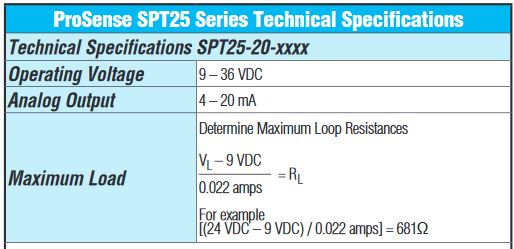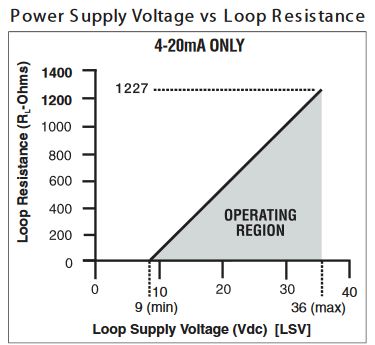I'm not a fan of doing it this way, but for various reasons, I need to do it this way. That being said, I've never sized up a 4-20mA circuit to do this. Each device in the circuit has ~250 ohm impedance (except the pressure transducer, I couldn't find one).
It looks like the analog card will feed power out, through the other devices and back to a (-) 0VDC reference.
The card can do ~900ohm max at 24V
Currently, the loop is being done this way with a click. What other info would I need to determine if this can be done without blowing up equipment?

It looks like the analog card will feed power out, through the other devices and back to a (-) 0VDC reference.
The card can do ~900ohm max at 24V
Currently, the loop is being done this way with a click. What other info would I need to determine if this can be done without blowing up equipment?







